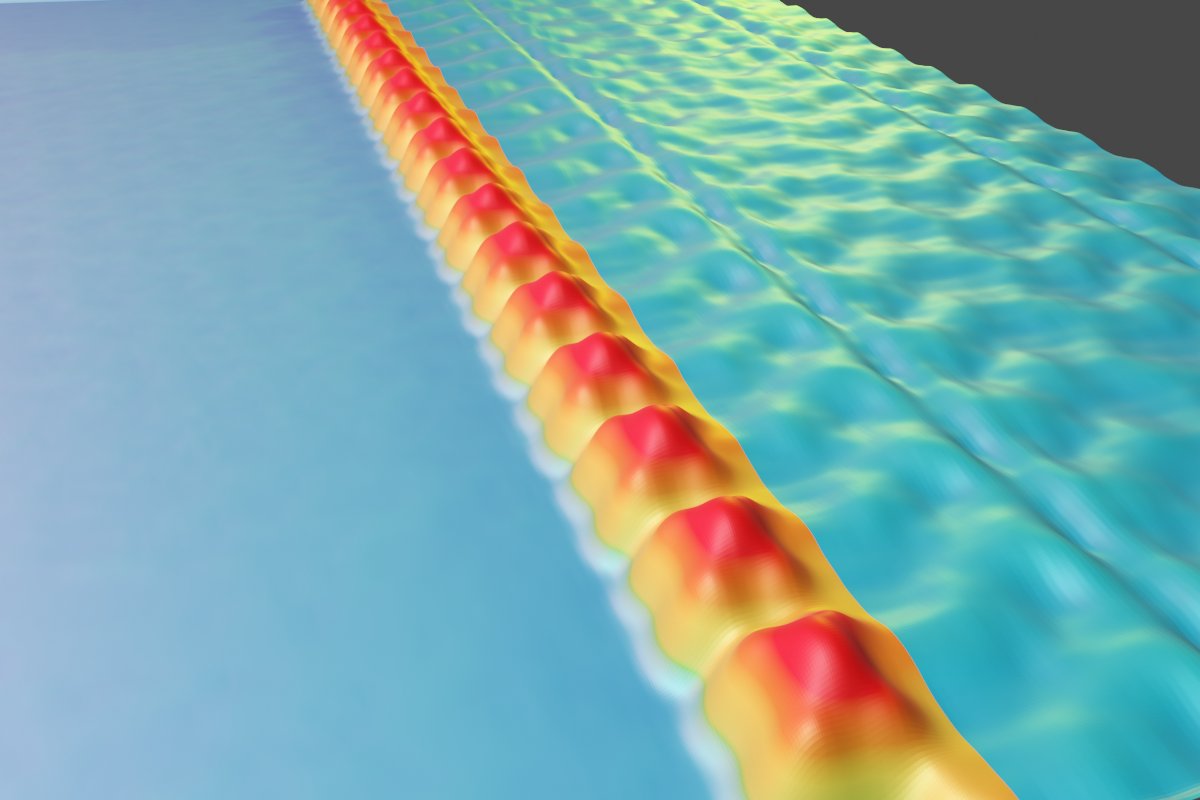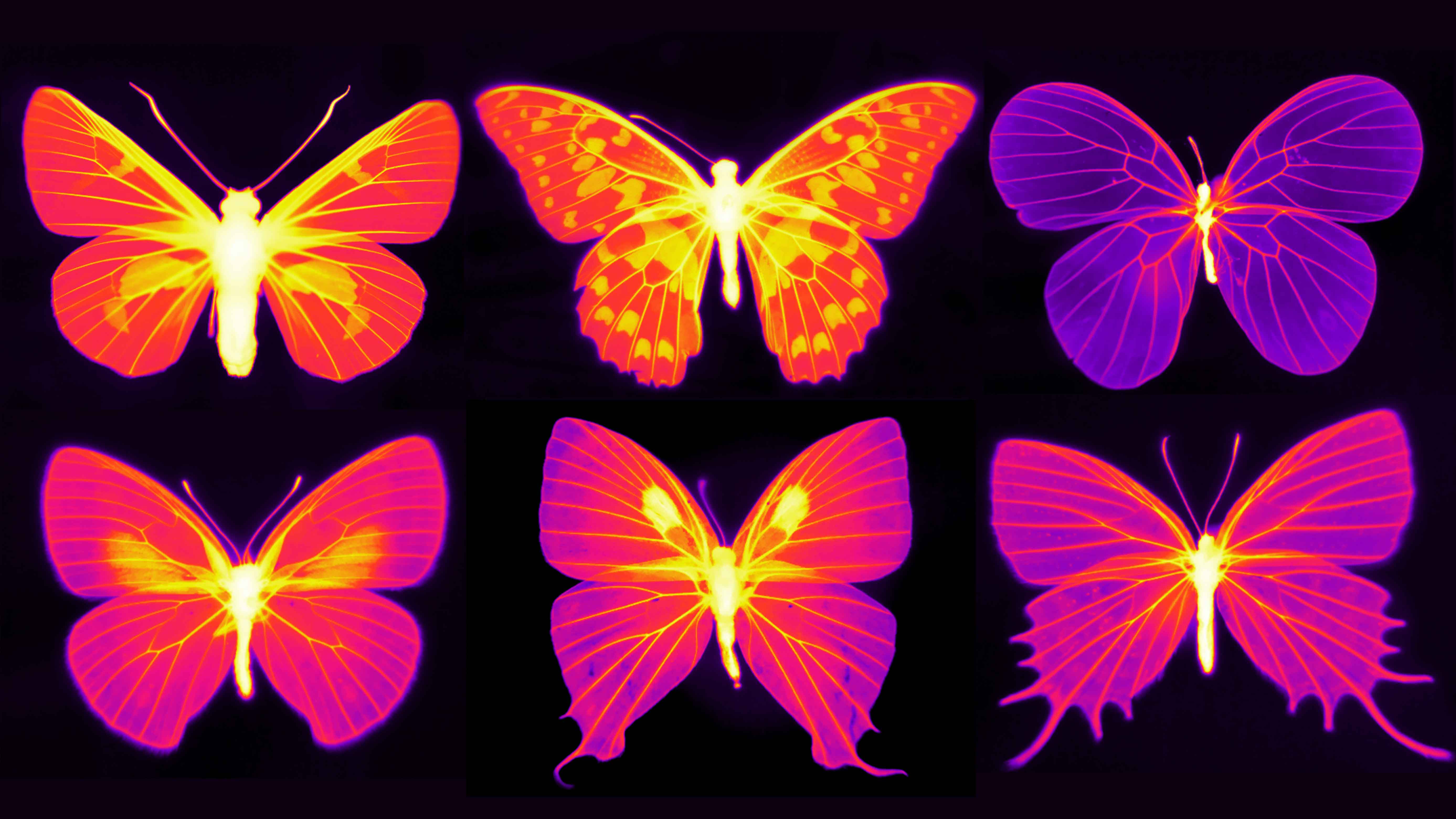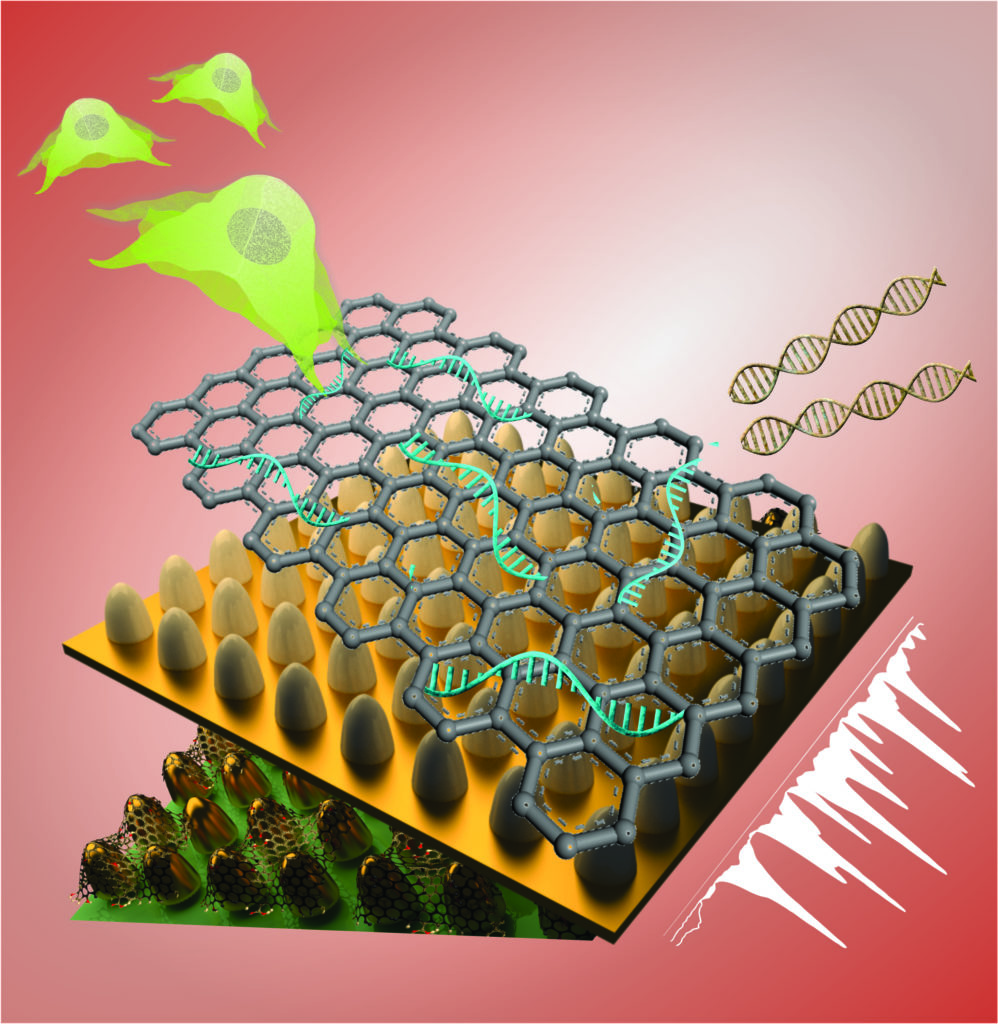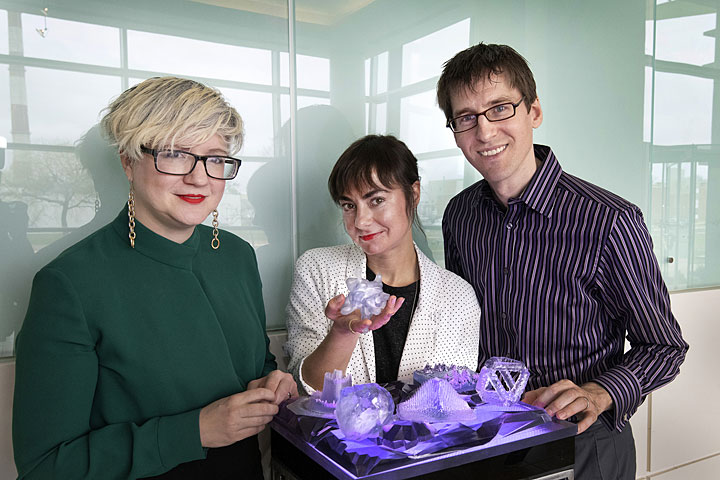Researchers have taken the first atomic-resolution images and demonstrated electrical control of a chiral interface state – an exotic quantum phenomenon that could help researchers advance quantum computing and energy-efficient electronics.
Tag: Nanostructures
Unveiling the future of nanostructures with soft matter magic
Recently, researchers have made significant progress in the field of soft matter self-assembly, unveiling innovative methods to create complex spherical packing superlattices. These developments pave the way for new approaches in fabricating detailed nanoscale structures.
Unveiling the future of nanostructures with soft matter magic
Recently, researchers have made significant progress in the field of soft matter self-assembly, unveiling innovative methods to create complex spherical packing superlattices. These developments pave the way for new approaches in fabricating detailed nanoscale structures.
When the light is neither “on” nor “off” in the nanoworld
Whether the light in our living spaces is on or off can be regulated in everyday life simply by reaching for the light switch. However, when the space for the light is shrunk to a few nanometers, quantum mechanical effects dominate, and it is unclear whether there is light in it or not.
AI Discovers New Nanostructures
UPTON, NY—Scientists at the U.S. Department of Energy’s (DOE) Brookhaven National Laboratory have successfully demonstrated that autonomous methods can discover new materials. The artificial intelligence (AI)-driven technique led to the discovery of three new nanostructures, including a first-of-its-kind nanoscale “ladder.
Shrinking hydrogels enlarge nanofabrication options
Carnegie Mellon University’s Yongxin (Leon) Zhao and the Chinese University of Hong Kong’s Shih-Chi Chen have a big idea for manufacturing nanodevices.
Learning from pangolins and peacocks: Researchers explore next-gen structural materials
From pangolin scales that can stand up to hard hits to colorful but sturdy peacock feathers, nature can do a lot with a few simple molecules.
Researchers build long-sought nanoparticle structure, opening door to special properties
Researchers have built a unique, long-sought structure from gold nanoparticles. Alex Travesset of Iowa State and the Ames National Laboratory has the equations and illustrations to explain how it all happened. This new nanomaterial could have useful optical, mechanical and electronic characteristics.
Shih-Ting (Christine) Wang: Designing Materials for Biomedicine
Using DNA-based assembly, the Center for Functional Nanomaterials postdoc has assembled functional proteins into ordered lattices and coated nanostructures for drug delivery.

Charges Cascading Along a Molecular Chain
Removing one charged molecule from a one-dimensional array causes the others to alternately turn ‘on’ or ‘off,’ paving the way for information transfer in tiny circuits

Beating the Heat in the Living Wings of Butterflies
Columbia engineers and Harvard biologists discover that butterflies have specialized behaviors and wing scales to protect the living parts of their wings. The nanostructures found in the wing scales could inspire the design of radiative-cooling materials to help manage excessive heat conditions; the sensory network in the wings could inspire the design of advanced flying machines.

Better Biosensor Technology Created for Stem Cells
A Rutgers-led team has created better biosensor technology that may help lead to safe stem cell therapies for treating Alzheimer’s and Parkinson’s diseases and other neurological disorders. The technology, which features a unique graphene and gold-based platform and high-tech imaging, monitors the fate of stem cells by detecting genetic material (RNA) involved in turning such cells into brain cells (neurons), according to a study in the journal Nano Letters.

Transforming Advanced Nanoscience Data into Interactive Art
A scientist, an artist, and a computer music professor combined 3-D printing, sound, and virtual reality to represent nanoscience data.